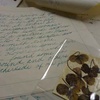
Read Chapter 2 (3) >> 4. Connecting the "Meeting Place" with the Outside World Even if you live surrounded by barbed wire, if you can feel that there is a world outside, you can weave hope for the future. Breed continued to send books and letters, the second generation young …
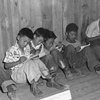
Read Chapter 2 (2) >> 2. Start from what you can do and within your reach The adults around the children begin to do what they can, wherever they notice something or where there is a need. Even in this environment, the way they take the initiative to try to …
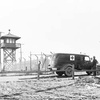
Read Chapter 2 (1) >> Criticism By the time they reached high school, they had begun to criticize the government's methods, which were very different from the constitution that they had been taught in school to protect human rights. The following is a message left by Kaizo, a high school …
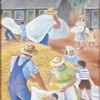
Read Chapter 1 (4) >> ... We don't know exactly what life will be like in the camp, much less where we'll go afterwards. But we'll be among 4,000 Japanese Oregonians being housed at the Portland Camp, a former international livestock showroom. With limited work options available, many of us …
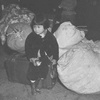
Read Chapter 1 (3) >> 4. Eviction Order <Spring 1942> Finally, the evacuation of Japanese Americans from military areas designated on the West Coast began. Some families voluntarily moved from the military areas, but this was a massive migration of more than 110,000 people. The construction of permanent inland relocation …
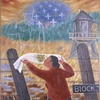
Read Chapter 1 (2) >> 3. The attack on Pearl Harbor and its repercussions <December 7, 1941 – Spring 1942> On Sunday, December 7, 1941 (Showa 16), many Japanese people living on the West Coast learned of the attack on Pearl Harbor through emergency radio news that was repeated incessantly: …
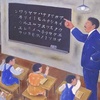
Read Chapter 1 (1) >> 2. Premonitions <1939 – Until the attack on Pearl Harbor> Henry Miyatake is a lively middle school boy who lives in Seattle's Japantown. His family consists of five people: his parents, his older sister, and his older brother. When his father first came to the …

Read the prologue >> After the attack on Pearl Harbor in 1941, more than 110,000 Japanese people living on the West Coast of the United States were sent to internment camps. Two-thirds of them were born in the United States and were citizens, but they were simply of Japanese descent. …

I had been receiving a subscription to "Children and Books" for many years, and I was running low on the subscription fee, so I sent it to them. I had just received "Man's Search for Meaning" (by Viktor E. Frankl, translated by Kayoko Ikeda) from the University of Oregon library, …